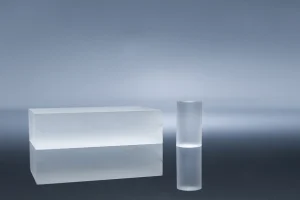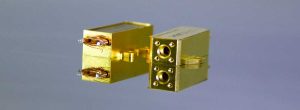Introduction to Nonlinear Optics and Frequency Conversion
In the world of optics and photonics, nonlinear crystals play an integral role in laser frequency conversion, allowing us to expand our capabilities across various wavelength options. These nonlinear processes, such as Second Harmonic Generation (SHG) and Parametric Amplification, allow us to manipulate the frequency of laser light, extending the applicability of laser systems.
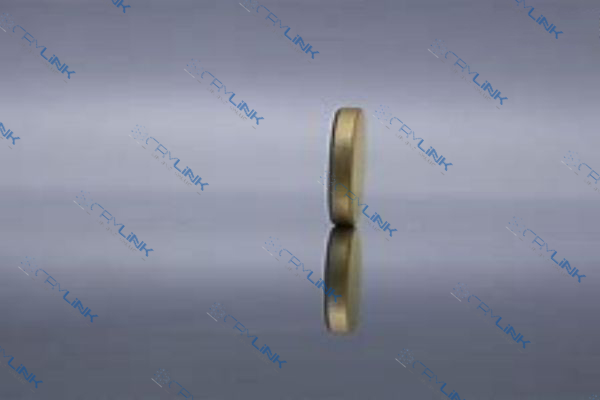
Nonlinear Crystals: The Heart of Frequency Conversion
Nonlinear crystals, being the crucial component in frequency conversion, have unique properties that allow for the alteration of light’s properties. They exhibit a high degree of optical nonlinearity, which is fundamental for converting laser light into new frequencies.
Delving Deeper into Second Harmonic Generation (SHG)
Second Harmonic Generation (SHG) is a two-photon process, where two photons at the fundamental frequency are combined within a nonlinear crystal to produce a photon with twice the frequency (or half the wavelength) — hence the term “second harmonic.” This process is heavily relied upon in areas such as laser technology, where it’s often used to extend the frequency range of lasers. For instance, a laser that naturally produces infrared light can be made to emit visible light through SHG.
The efficiency of SHG is highly dependent on the properties of the nonlinear crystal used, such as its nonlinearity and phase matching ability. Crystals like Lithium Niobate (LiNbO3) and Beta-Barium Borate (BBO) are popular choices for SHG due to their excellent nonlinearity and wide transparency range.
Understanding Parametric Down-conversion (PDC)
On the other hand, Parametric Down-conversion (PDC) is a process where a photon with a high frequency (typically from a laser) is split into two lower frequency photons. The energy conservation law governs this conversion process, meaning the total energy of the two output photons equals the energy of the initial input photon.
This process is incredibly valuable in the field of quantum information science. The pairs of photons produced in PDC can be entangled, a property that is fundamental to quantum computing and quantum cryptography.
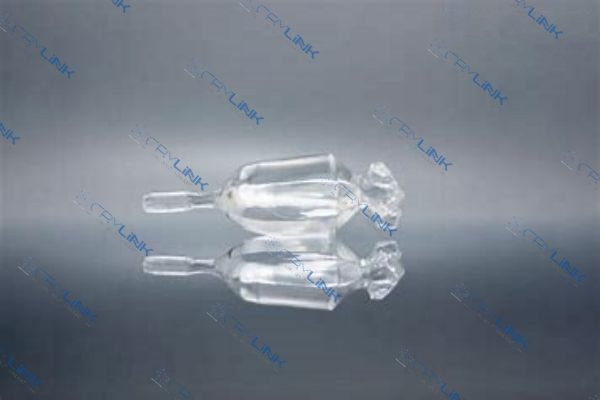
Sum and Difference Frequency Generation
Apart from SHG and PDC, there are other frequency conversion processes like Sum Frequency Generation (SFG) and Difference Frequency Generation (DFG). In SFG, two photons combine to produce a photon with a frequency equal to the sum of the input frequencies. In contrast, DFG involves two photons interacting to produce a photon with a frequency equal to the difference of the input frequencies.
These processes have found wide-ranging applications, such as generating terahertz waves (using DFG) or for surface science studies (using SFG).
The Unique Properties of Nonlinear Crystals
The beauty of nonlinear crystals lies in their unique properties that make them an indispensable tool for frequency conversion. At the heart of these properties is the crystals’ high degree of optical nonlinearity. This nonlinearity is a measure of a crystal’s ability to alter the frequency of incoming light and is what facilitates the conversion of laser light into different frequencies.
The Principle of Optical Nonlinearity
The principle of optical nonlinearity is straightforward. In nonlinear crystals, the light’s polarization response to the applied electric field is not linear, unlike in linear materials. Instead, it contains higher-order terms that come into play when the electric field (or light intensity) is sufficiently high. These higher-order terms are responsible for the frequency conversion processes.
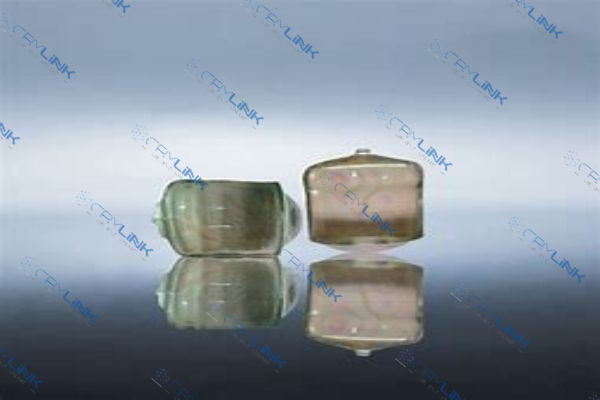
Nonlinear Crystal Structures
The efficacy of nonlinear crystals in frequency conversion also owes much to their unique crystal structures. The arrangement of atoms within the crystals is responsible for the high degree of optical nonlinearity. For instance, Lithium Niobate (LiNbO3) has a trigonal crystal system, leading to a high second-order nonlinear susceptibility, ideal for SHG.
The Crucial Role of Phase Matching
Additionally, nonlinear crystals allow for a process known as phase matching. This is a method to maximize the efficiency of the frequency conversion process. By matching the phases of the interacting waves, the efficiency of the frequency conversion in the nonlinear crystal can be significantly increased, leading to higher output power at the converted frequency.
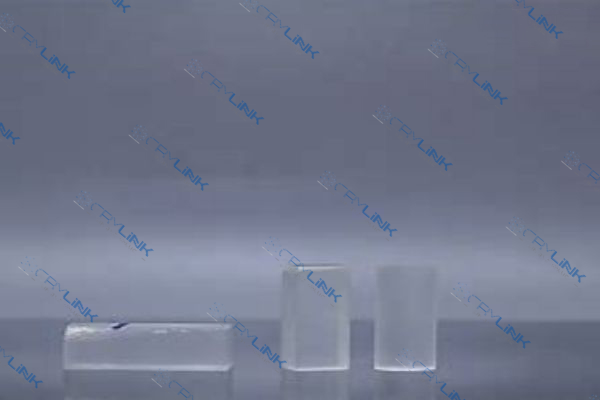
Suitability of Nonlinear Crystals for Different Wavelength Conversion Processes
The use of nonlinear crystals for different wavelength conversion processes is highly contingent on the properties of the crystal, including its nonlinearity, phase matching ability, damage threshold, and transparency range.
Lithium Niobate (LiNbO3), for instance, is known for its high nonlinearity and wide transparency range, spanning from the visible to the mid-infrared spectrum. This makes it particularly suitable for wavelength conversion processes in these regions, including second and third harmonic generation, and optical parametric oscillation.
Beta-Barium Borate (BBO), on the other hand, is praised for its wide phase-matching capabilities and high damage threshold. It’s capable of efficient frequency conversion from the near-ultraviolet to the near-infrared range. This makes BBO a versatile choice for a variety of wavelength conversion processes, including second harmonic generation, optical parametric amplification, and sum and difference frequency generation.
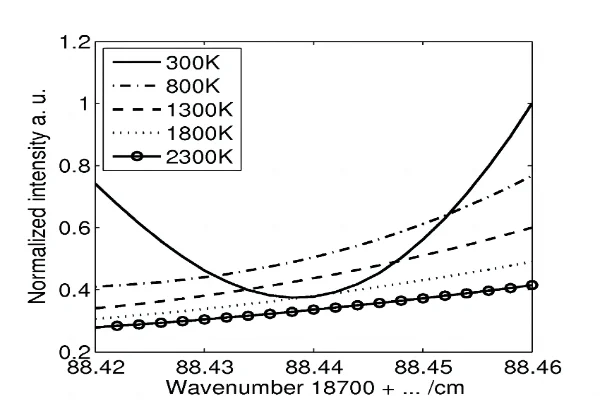
Benefits of Using Nonlinear Crystals to Generate New Wavelengths
Nonlinear crystals provide the ability to generate new wavelengths not directly available from laser sources. This wavelength tunability has several significant benefits:
- Broadened Applications: With access to a wider range of wavelengths, the scope of laser applications broadens significantly. This includes microscopy, spectroscopy, telecommunications, and even quantum computing.
- Improved Precision: By allowing the generation of specific wavelengths, nonlinear crystals provide higher precision in applications like spectroscopy and telecommunications. The ability to control light properties with such detail leads to more accurate and reliable results.
- Increased Efficiency: Frequency conversion through nonlinear crystals can be more efficient than using multiple different lasers to achieve the same range of wavelengths. This efficiency can save energy and reduce costs.
- Enhanced Research Capabilities: The capacity to generate new wavelengths has opened up new research areas, particularly in fields such as nonlinear optics and quantum information science.
Lithium Niobate (LiNbO3): A Nonlinear Crystal for Frequency Conversion
One such nonlinear crystal is Lithium Niobate (LiNbO3). This crystal stands out due to its excellent transparency, high nonlinearity, and wide transparency range. Its attributes make it an ideal choice for frequency conversion processes, particularly in the telecommunications industry.
Beta-Barium Borate (BBO): A Versatile Nonlinear Crystal
Another noteworthy nonlinear crystal is Beta-Barium Borate (BBO). Known for its broad transparency range and high damage threshold, BBO serves as a versatile tool for frequency conversion. It’s especially effective in the generation of high power, ultraviolet light, hence its popularity in spectroscopy.
Mechanism of Second Harmonic Generation (SHG)
The Second Harmonic Generation (SHG) process is based on the interaction of light with the nonlinear properties of a crystal. In this process, two photons at a fundamental frequency (ω) are absorbed by the nonlinear medium, resulting in the emission of a single photon with double the frequency (2ω) — the second harmonic.
This interaction is dependent on the crystal’s nonlinearity and its ability to maintain phase matching between the fundamental and second harmonic waves. Without phase matching, the generated second harmonic would destructively interfere with itself and reduce the efficiency of SHG.
Nonlinear Crystals Used in SHG
Nonlinear crystals like Lithium Niobate (LiNbO3) and Beta-Barium Borate (BBO) are commonly used in SHG processes. Lithium Niobate is favored for its high nonlinearity and wide transparency range, making it suitable for a variety of lasers. On the other hand, BBO is renowned for its broad phase-matching capabilities, enabling efficient SHG across a wide frequency range.
Applications of SHG
SHG has opened up possibilities for laser frequency extension, enabling the production of light in spectral regions not directly accessible by conventional lasers. For example, SHG is commonly used to convert near-infrared laser light into visible light, significantly expanding the applicability of lasers.
In the medical field, SHG is a vital component in imaging techniques such as two-photon microscopy. The second harmonic signal produced in these processes provides high-resolution, contrast-rich images — an essential aspect in biological and medical research.
In addition, SHG has also found use in the field of material science for studying surface and interface properties of materials, as the process is sensitive to structural symmetry.
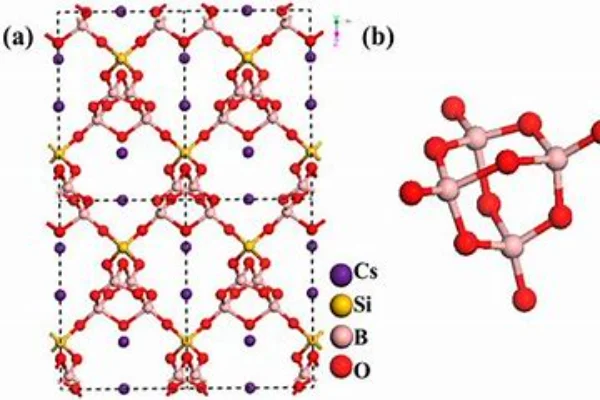
SHG: The Future of Frequency Conversion
With advancements in laser technology and nonlinear optics, the efficiency and applicability of SHG continue to increase. Ongoing research on novel nonlinear materials and phase matching techniques promises to further enhance SHG efficiency and open up new avenues for this fundamental nonlinear process. In essence, SHG is a key tool in the photonic toolbox, enabling the exploration and manipulation of light in unprecedented ways.
Parametric Amplification: Intensifying Light with Nonlinear Crystals
In Parametric Amplification, the energy of a high-powered pump wave transfers to a weak signal wave and an idler wave through a nonlinear crystal. The outcome is an amplified signal wave, a useful process in optical signal processing and quantum information science.
The Role of Nonlinear Crystals in Microscopy
Nonlinear crystals are essential in two-photon and multi-photon microscopy. The generation of second and third harmonic signals allows for deeper tissue penetration and higher image contrast than traditional microscopy methods.
Spectroscopy: A Broad Spectrum of Possibilities with Nonlinear Crystals
In spectroscopy, nonlinear crystals like BBO help generate light across a wide spectrum, especially in the ultraviolet range. This broad wavelength range allows for precise analysis and identification of different materials.
Telecommunications: Revolutionizing Data Transfer with Nonlinear Crystals
Telecommunications benefit immensely from nonlinear optics. Frequency conversion via nonlinear crystals, like LiNbO3, allows for wavelength division multiplexing, a technique that dramatically increases the amount of data transfer over a single fiber optic cable.
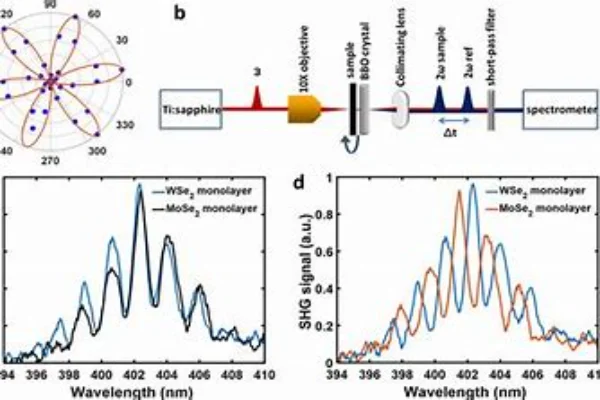
Conclusion
The use of nonlinear crystals in laser frequency conversion has expanded our capabilities in wavelength options. By enhancing Second Harmonic Generation and Parametric Amplification processes, these crystals have opened up new possibilities in microscopy, spectroscopy, and telecommunications. It is a field ripe with potential, awaiting further exploration and understanding.
Frequently Asked Questions (FAQs)
- 1. What are Nonlinear Crystals?
- Nonlinear crystals are materials with optical nonlinearity, enabling the alteration of light properties, such as frequency, in nonlinear optical processes like frequency conversion.
- 2. What is Second Harmonic Generation (SHG)?
- SHG is a nonlinear optical process where two photons combine in a nonlinear medium to generate a new photon with twice the energy or half the wavelength.
- 3. How do nonlinear crystals help in microscopy?
- Nonlinear crystals allow for two-photon and multi-photon microscopy. This technique permits deeper tissue penetration and higher image contrast than traditional microscopy methods.
- 4. How are nonlinear crystals used in spectroscopy?
- In spectroscopy, nonlinear crystals help generate light across a wide spectrum, particularly in the ultraviolet range, allowing for precise material analysis.
- 5. How do nonlinear crystals benefit telecommunications?
- Frequency conversion via nonlinear crystals allows for wavelength division multiplexing, increasing data transfer over a single fiber optic cable.


